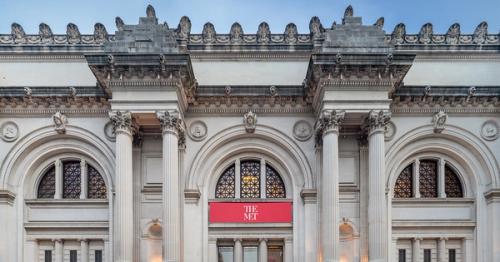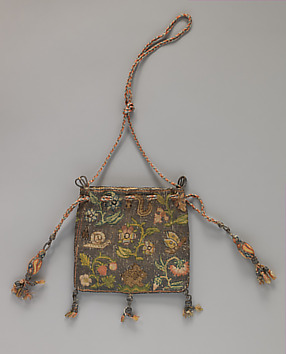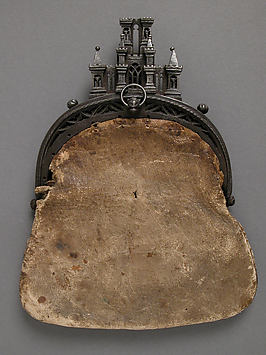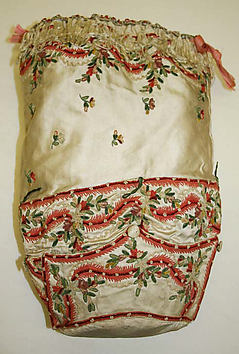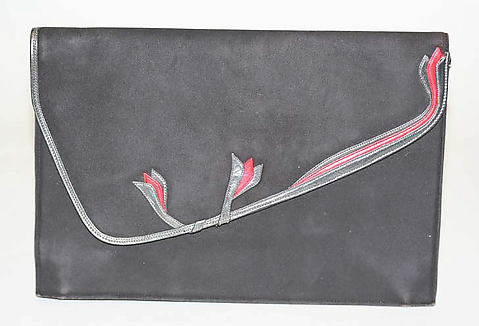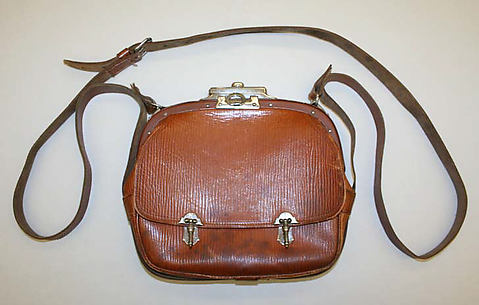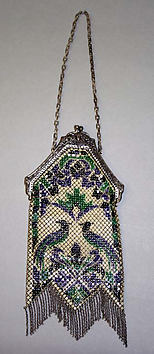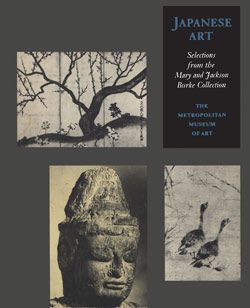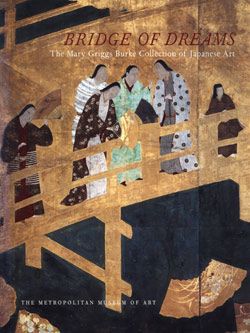"In the palace of art there are many chambers, and that of which Mr. Burne-Jones holds the key is a wondrous museum. His imagination, his fertility of invention, his exquisiteness of work, his remarkable gifts as a colourist—all these things constitute a brilliant distinction." With these words the American critic and novelist Henry James, in 1877, sang the praises of Edward Burne-Jones (1833–1898), the British painter and designer whose work was creating a sensation at the recently opened Grosvenor Gallery in London. A pupil of Dante Gabriel Rossetti and a protégé of John Ruskin, Burne-Jones belonged to the second generation of the Pre-Raphaelite Brotherhood, creating a narrative style of romantic symbolism steeped in medieval legend and fused with the influence of Italian Renaissance masters that was to have widespread influence on both British and European art. Within the sophisticated culture of the late Victorian period Burne-Jones's star rose rapidly, and by the 1880s he had become the establishment artist par excellence, one of the most admired and sought-after painters in Europe. By the 1890s, however, Burne-Jones was ceding popularity to the growing taste for abstraction, and until recently he was all but ignored. Today, one hundred years after his death, in what John Christian, the leading authority on the artist, in this volume terms a "critical somersault," Burne-Jones is once again considered the greatest British painter of the nineteenth century—after only Turner and perhaps Constable. Edward Burne-Jones, Victorian Artist-Dreamer is the catalogue for the first exhibition in the United States devoted to this painter. The works in the exhibition, organized under the auspices of The Metropolitan Museum of Art, New York, the Birmingham Museums and Art Gallery, England, and the Réunion des musées nationaux, Musée d'Orsay, Paris, were selected by Stephen Wildman, Curator of the Ruskin Library at Lancaster University, England. A prodigiously productive artist, Burne-Jones, in addition to being a successful and innovative painter, was also an important force in the Arts and Crafts movement, working closely with his lifelong friend William Morris in the production of such decorative arts as ceramic tiles, stained glass, large-scale tapestries, and illustrated books to be printed at Morris's renowned Kelmscott Press. Examples of works in all these media are presented in the exhibition, with full-color and black-and-white reproductions of each of the 173 works included in the catalogue. Arranged chronologically, the volume is divided into eight sections, each introduced by a vibrant and broadly informative text by John Christian, followed by catalogue entries written by Mr. Wildman and Mr. Christian. An essay by the British scholar Alan Crawford explores Burne-Jones's contribution as a decorative artist, and an essay by Laurence des Cars, Curator at the Musée d'Orsay, Paris, deals with the artist's reputation and influence in France and Belgium.
